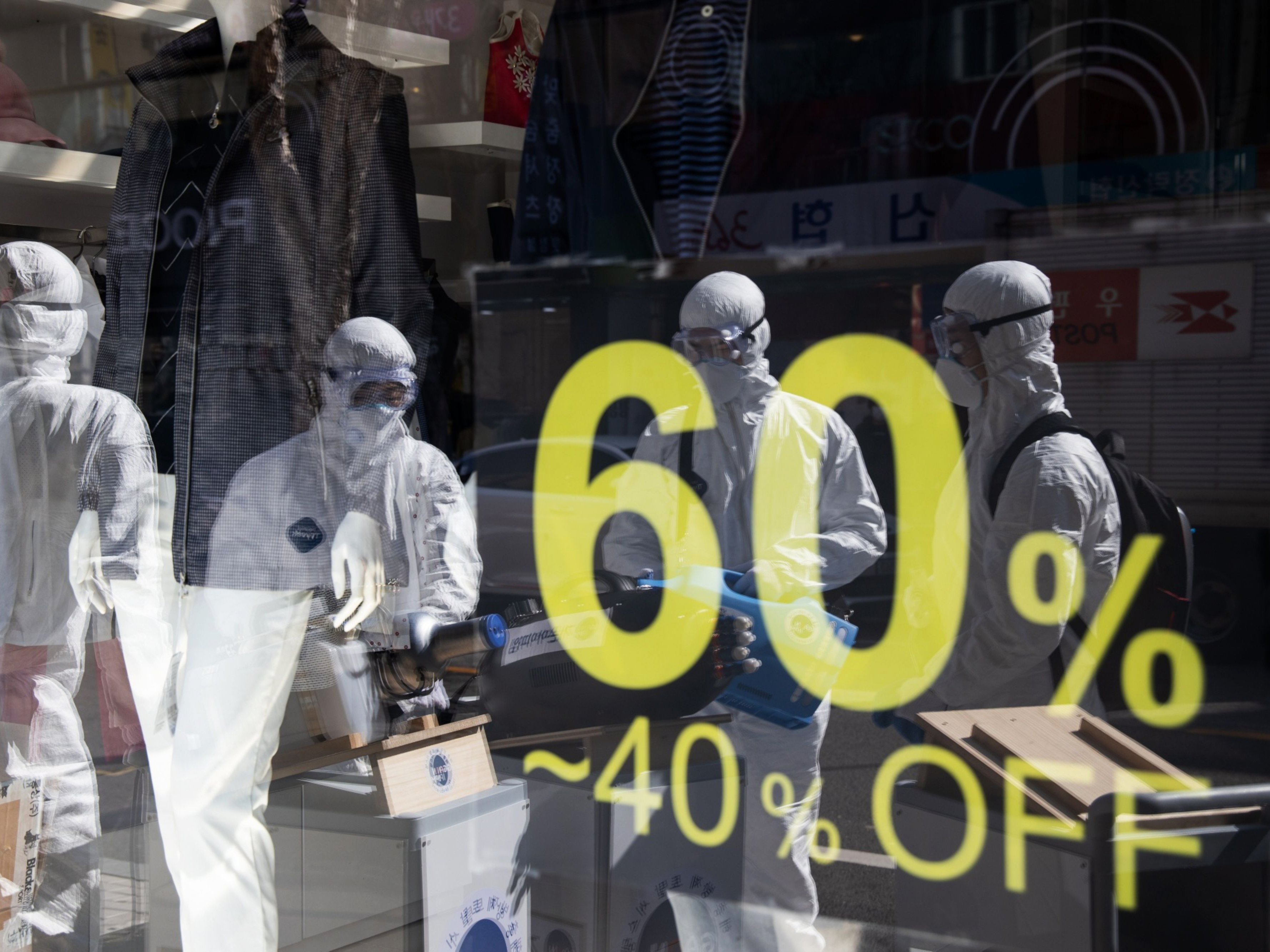
As bad as things might seem right now, the situation is temporary — and retailers must be prepared for the flood of consumer demand that will be released by economic recovery.
Of course, there’s still a crisis of the moment to be weathered. A recent study by the National Retail Federation found 40% of the group’s members already experiencing supply-chain disruptions due to production halts in China, with another 26% expecting to do so. (Given dire predictions about the near-term state of the economy, those numbers will likely prove to be low.)
At the same time, NRF is predicting a 9.3% year-over-year increase in U.S. imports in May, and 9.6% in June. Already we’re hearing of Chinese factories gearing up to resume production, as cases of new infection dwindle in that country.
To be sure, not every retailer is being hit in the same way. Many specialty merchants and even some big department chains have shut down completely, either due to an absence of business or directives by local authorities.
In response, a growing number of manufacturers have shut down lines, with estimates of three to six months before they’re able to gear back up to full production. The scale of stoppages the world round is unprecedented, as least for anyone who didn’t live through the Great Depression of the 1930s. “I could never have imagined seeing a phenomenon that hits so many industries,” says Cyndi Lago, vice president of North America supply chain with the Capgemini consultancy.
Grocers, on the other hand, are mostly staying open, providing self-quarantined customers with essential supplies. Yet the sector’s business model might be changing in a way that’s inalterable. With so many customers stuck at home, online grocery purchases are on the rise. Some buyers are discovering that they like the convenience of getting their purchases delivered, or at least being able to pick up an assembled and paid-for order at the store.
“I never wanted to have my groceries picked online,” says Lago. “Now I’ve been forced to let them do that for me, and they’ve done a great job. I don’t know if I’m ever going to go back to the other way.”
The current crisis could well transform the way that many people shop, with a speed that no one could have predicted. Unlike previous shifts in buyer behavior, many of which seemed to happen in slow motion, “disruption is happening right in front of your eyes, at a pace you can actually see,” says Lago.
Regardless of how and where consumers choose to buy their goods, retailers must first be able to accommodate the continuing flow of inbound product for which there no demand, at least for awhile. Then they’ll have to prepare for the surge of activity that will accompany a recovery. In both cases, says Lago, that means getting a better handle on where inventory is in the system at any given moment.
It’s a matter of applying analytics that can help to prioritize inventory placement and shipment. Lago likens the situation to retailers figuring out how to deploy seasonal merchandise in line with actual demand — only now the calculation will involve all products.
When businesses begin to open, so will the floodgates of demand. Yet that won’t happen everywhere at the same pace. Retailers will need to know which regions are most in need of product, then figure out how to get goods to those locations. In any case, they won’t have much time to act. “They’ll be having to think about things in a spigot,” says Lago. “One is running full speed, and the other’s shut off completely.”
But more immediate problems loom. For grocery stores, the biggest challenge right now is getting orders processed quickly enough. Point-of-sale signals — assuming they have them — must be translated into orders that match demand. One Capgemini client, a distributor, is struggling just to deal with the volume of orders. “Trying to source them is a huge strain on the system,” Lago says.
During the current crisis and afterwards, retailers are likely to experience severe sourcing restraints. Sales are being affected by limits placed on store hours and delivery times. Labor shortages are furthering restrict their ability to meet customer needs.
All of which means that manufacturers, retailers and distributors, regardless of product type, must create more flexible and transparent supply chains to meet both current and future demand. Lago says such transparency must extend beyond a company’s own inventory to include that of upstream suppliers.
How to achieve that? Through a combination of technology and business-process change, Lago says. Retailers and suppliers must engage in closer collaboration, especially in the area of sharing key data about goods in production, in transit, and in inventory, all throughout the supply chain.
Permanent change might also take place in sourcing patterns, with retailers coming to rely more heavily on local suppliers. Lago says the shift would add flexibility and immediacy to a store’s efforts to stock product in line with ever-changing demand.
First, however, retailers must survive the current disruption. How long it will last is anyone’s guess. “There’s going to be a new level of normal before it goes back completely to where it was,” Lago says. “Hopefully it plateaus, and we can actually start getting our lives back.”







